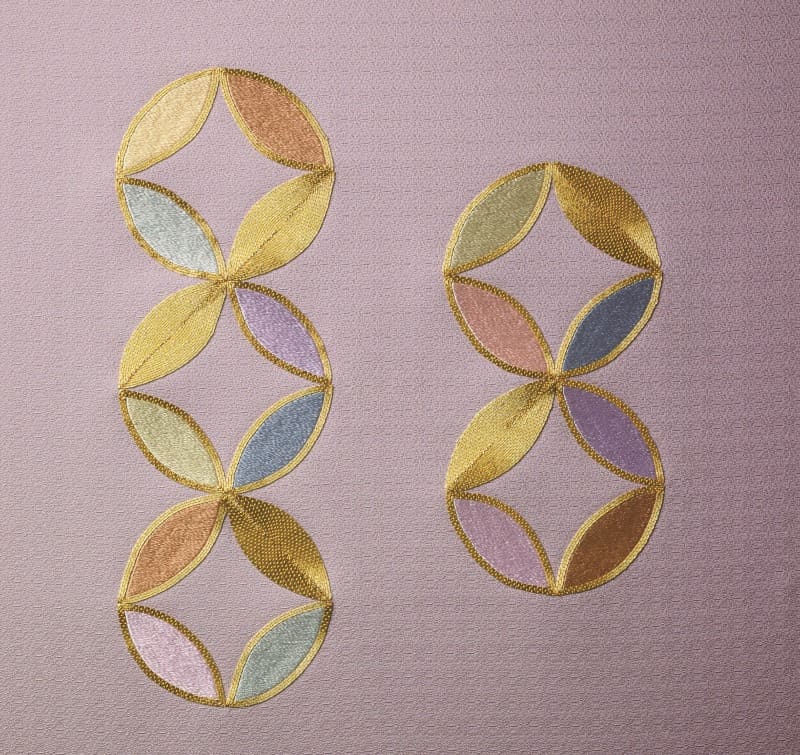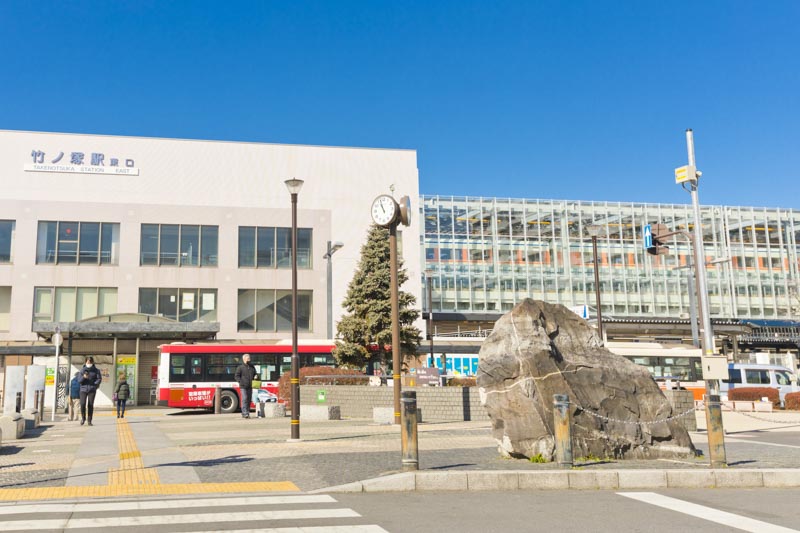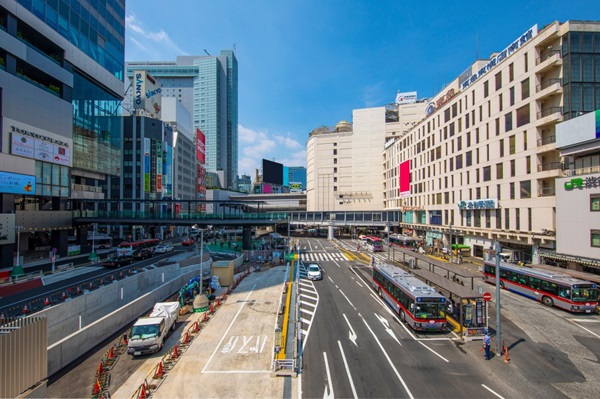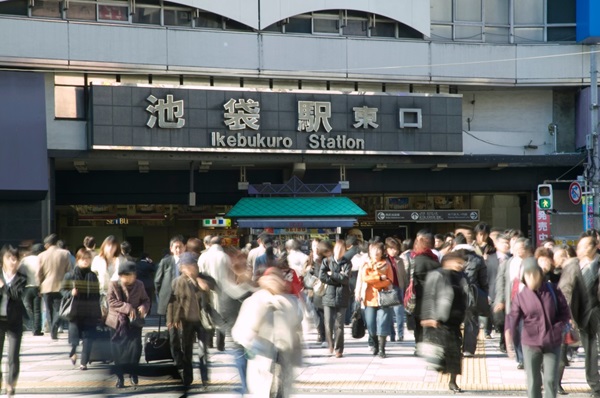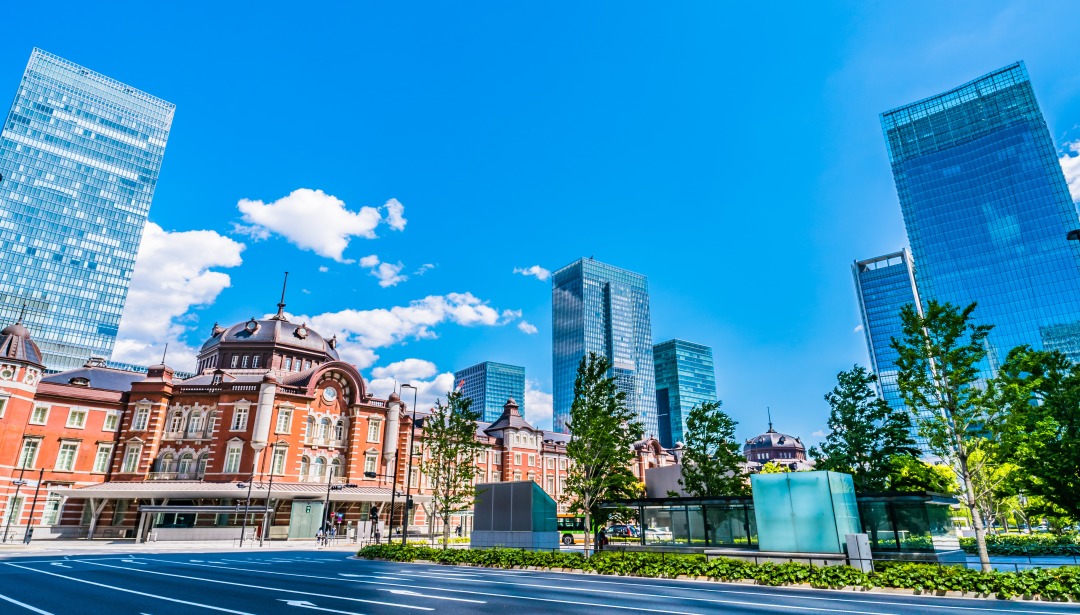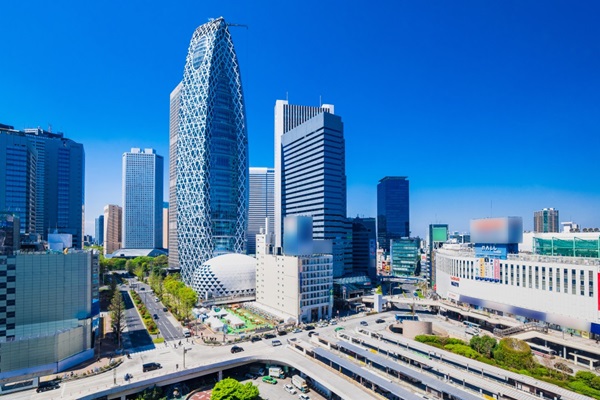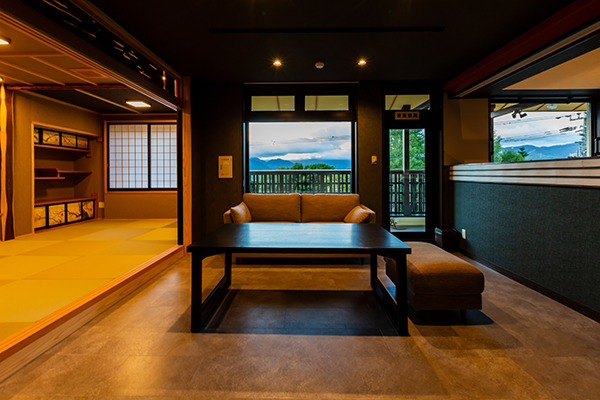Since the Edo period, Adachi City has been headed by the traffic artery "Senju" (Kita Senju), and "Ayase", "Nishi Arai", "Takenotzuka" and "Umeshima" are its main districts. There are Nikko Streets in the north and south, and there is a circular No. 7 line running through it in the east and west.
Nikko Street extends from Nihonbashi in the south to Nikko in the north. The ring-shaped Route 7 passes through Katsushika and Egogawa Wards on the east to the intersection in front of Kasai Rinkai Park. It passes through Nakano and Setagaya Wards on the west and runs through the Shinagawa Ward ring. The intersection of Qidajing Pier.
Adachi City has an excellent child care environment. Among them, "the number of district elementary schools and junior high schools" ranks among the top 23 districts. There are 68 primary schools and 35 junior high schools, providing a good environment for receiving public education. In addition, "municipal park area" ranks second among the 23 wards.
The octopus toys that are now popular all over the country also originated from Adachi City. Various unique recreational facilities can be seen in the area.
In recent years, the "Full Support Plan for Children and Young People" has been promoted to provide support to families raising children and the younger generation.
Kitasenju Station, bustling with commercial facilities
Octopus play equipment at Kaminumata Kita Park
■1 Adachi Ward from ancient times to the Middle Ages
Until about 6,000 years ago, the sea level was higher than it is now, and the sea penetrated as far as Senju in the southern part of the ward. Seashells have been unearthed throughout the ward, and whale bones have been found in Senju Asahi-cho, indicating that there was a coast in this area.
About 4,000 years ago, when the sea began to recede, people began to settle from the north. In this area, there are important ruins from the early Kofun period called the "Toneri Ruins" and "Iko Ruins." In particular, at the Iko ruins, katashiro imitating the shape of a boat and Sue ware, a specialty of western Japan, were discovered, suggesting that water trade was carried out.
The place name "Adachi" first appears in literature in the 7th century. The wooden tablet "Musashi Province Adachi District" written during this period is proof of this. Until the Heian period, Adachi Ward was a quiet rural area, but in the Kamakura period, a checkpoint called "Sekiya no Sato" was established on the banks of the Sumida River near Senju. As a result, the area developed as a key point for the Kamakura Shogunate to manage people and goods.
Additionally, from the 12th to the 14th century, a samurai group called the Adachi clan ruled the area. However, in the Edo period, this samurai group declined and Adachi Ward came under the direct control of the Tokugawa Shogunate.
Iko Ruins Park (pit dwelling)
Former
■2 Adachi Ward in the Edo period
During the Edo period, Adachi Ward entered a period of great change. The first project Tokugawa Ieyasu undertook after entering Edo was to construct roads connecting Edo and the rest of the country. "Oshu Kaido" and "Nikko Kaido" passed through Adachi Ward, and in 1594, a new "Senju Ohashi Bridge" was built near "Sekiya no Sato." This was the first bridge built over the Sumida River (then called the Iruma River) and was located 200 meters upstream from the current Senju Ohashi Bridge.
Later, in 1597, Senju-juku was designated as a post town, and post towns were formed on both sides of the bridge. Because Senju was a key transportation hub where land transportation and water transportation from the Sumida River intersect, rice, vegetables, river fish, and other products gathered from all over the place, creating a market. During the mid-Edo period, it was known as the "three markets of Edo" along with the Kanda and Komagome markets.
On the other hand, most areas other than those along the highways were rural areas. Before the Edo period, rice cultivation was mainly carried out in the western part of the ward, but after the middle of the Edo period, irrigation technology (artificial water supply and drainage by drawing water from rivers to rice fields and fields) was developed. , rice cultivation also began in the eastern part of the country.
As a tourist destination, "Nishiarai Daishi" gained popularity as a "place for women to pray against evil spirits" and was crowded with pilgrims from all over Edo.
Current Senju Ohashi Bridge
Senju Ohashi Bridge in the early Meiji period
■3 Adachi Ward from the Meiji era to the prewar period
During the Meiji era, Adachi Ward began as part of Tokyo Prefecture's Minami Adachi District, an agrarian region on the outskirts. As the demand for fire-resistant materials like bricks surged in the city center, brick factories emerged near the abundant materials along the Arakawa (Sumida River). These bricks were transported using waterways to the city center. Within the ward, factories in areas like Horinouchi, Kodaidaimon, Miyagi, and Motoki became the primary industry during that era.
The Meiji period marked the advent of the railway network, and the first railway, the "Japan Railway Tsuchiura Line" (Joban Line), commenced operations in 1896 between Tabata and Tsuchiura, establishing the "Kitasenju Station." Various theories exist about the station's name, suggesting it originated from Senju-juku, the initial post on the Nikko road during the Edo period, evolving into "Senju-juku Kitagumi" and later "Kita-Senju" in the Meiji era. In 1899, the Tobu Railway also opened, contributing to the industrial growth around Kitasenju and the Sumida River with labor from northern Kanto and Ibaraki.
During this period, factories and residences concentrated along the Arakawa River suffered significant damage from floods. The Great Flood of 1910 was particularly devastating, leading to the initiation of the "Arakawa Spillway" construction, completed in 1930. While many households had to relocate, this spillway significantly reduced flood damage. Consequently, the new waterway became the "Arakawa," renaming the former Arakawa to the "Sumida River."
During the Great Kanto Earthquake of 1923, the under-construction Arakawa River acted as a barrier, preventing fires from reaching the city center and sparing Adachi Ward from significant damage. Consequently, post-earthquake, many victims resettled in the area, leading to a rapid population increase.
From the 1920s onward, Adachi Ward evolved into an infrastructure hub supporting Tokyo's energy demands. The "Tokyo Electric Light Senju Thermal Power Station," inaugurated in 1926, was Japan's largest thermal power plant, generating up to 75,000kW of electricity by transporting coal via the Sumida River. The chimneys of this power plant, visible from various parts of downtown, earned the nickname "four chimneys" or "ghost chimneys."
The Shrine Made of Bricks at Shimahikawa Shrine
The Ghost Chimney Monument
■4 Adachi Ward after the war
After the war, Adachi Ward entered an era of population growth and suburbanization. Due to the abundance of agricultural land and former industrial sites, Adachi was conducive to easily converting sizable plots into residential areas, leading to the construction of numerous public housing complexes from the 1950s to the 1960s.
Starting with the completion of the "Nishiarai Daiichi Danchi" in 1958, followed by "Hanahata Danchi," "Takenotsuka Danchi," "Oyatoda Danchi," among others, Adachi Ward accounted for approximately 20% of the public housing constructed within the 23 special wards during this period.
In 1962, the "Chiyoda Line" of the subway connecting Kitasenju to the city center was opened, leading to the development of towns along its route such as Machiya, Kitasenju, Ayase, and Kita-Ayase. Additionally, in the same year, the Tobu Line began direct operations with the subway Hibiya Line, further fostering the suburbanization of areas along the Tobu Line like Gotanno, Umejima, Nishiarai, and Takenotsuka.
The 1950s and 60s marked a period when freight transportation shifted from railways to trucks. Adachi Ward, with its extensive agricultural land, benefited from the establishment of major roads and was among the earliest areas in the 23 special wards to adapt to motorization.
The Oshu-Nikko Highway, utilized since the Edo period, was widened and designated as "National Route 4" in 1952. The "Kanjo-dori," traversing the ward east to west, was inaugurated in 1959, followed by the opening of "Shutoko Route 6" in 1982, cutting across the district. Leveraging these transport networks and its proximity to Tokyo's outskirts, various industries like factories and construction firms expanded within the ward, prompting a shift in agriculture from rice cultivation to vegetable and flower farming, evolving into suburban agriculture.
On the flip side, the western part of Adachi was known as a "railway blank zone," heavily reliant on buses for public transport. However, the opening of the "Nippori-Toneri Liner" in 2008 dramatically improved transportation accessibility, leading to significant growth along its route in recent years.
During this era of substantial transformation in various regions, the development around Kitasenju Station, where the Joban Line, Chiyoda Line, Tobu Line, and Tsukuba Express intersect, notably flourished. Redevelopment efforts in the 2000s transformed it into a pivotal transportation hub, continuing its legacy as the heart of Adachi Ward, a vital centerpoint that has remained unchanged since the Edo period.
Kohoku Junction, which connects the Metropolitan Expressway Central Loop Line and the Metropolitan Expressway Kawaguchi Line
Streetscape in front of Ayase Station
■5 The future of Adachi Ward
Adachi Ward currently champions the slogan of "a once-in-a-century era of change," advocating for the "Area Design" policy across seven areas: Senju, Ayase/Kita-Ayase, Kita-Adachi, Nishi-Arai/Umejima, Rokumachi, Takenotsuka, and Hanahata. Each area is undergoing various initiatives. For instance, Hanahata is fostering openness with no surrounding fences, along with the establishment of "Bunkyo University Tokyo Adachi Campus," a university open to local residents through its cafeterias and libraries. These efforts are expected to further clarify each area's unique identity.
Adachi Ward experienced rapid population growth post-war, evolving into a "housing estate city." However, in recent times, many of these estates are being demolished, making way for new-generation neighborhoods. Particularly in the Ekita area, developments such as the inauguration of the "Nippori-Toneri Liner" and the opening of a university hospital in 2021 indicate ongoing advancements.
Takenotsuka along the Tobu Line completed railway elevation in 2022, progressing redevelopment around the station for completion by 2024. Along the Chiyoda Line, developments for a large-scale commercial facility near Kita-Ayase Station are underway, aiming for completion by 2025.
Public safety has dramatically improved, with reported criminal cases decreasing by over 80% since the peak period (as of 2021). The abundance of parks and green spaces, a modern railway and road network, extensive flat land, and vibrant stations bustling with young students all contribute to making Adachi Ward an enticing place to live, evoking a sense of "wanting to reside here forever."
Takenotsuka Station, which has been elevated
The scenery along the Arakawa River is also typical of Adachi City
■Mini column “Edo embroidery”
"Edo Embroidery" originated during the mid-Edo period and gained popularity among affluent merchants and townspeople as a decorative art for clothing. It involves elaborate embroidery using silk, gold, silver threads, and lacquer threads on silk or hemp garments. "Japanese Embroidery" encompasses three styles: "Kyoto," "Kaga," and "Edo," with Edo Embroidery distinguished by its embroidery technique that delights in playing with space.
These delicate, intricate works resemble fine art paintings made with threads, showcasing changing expressions based on the viewer's perspective—a testament to the artistry of threads.
